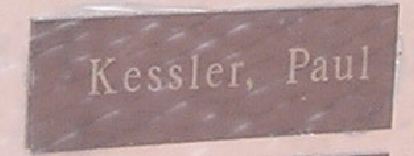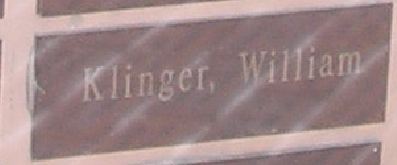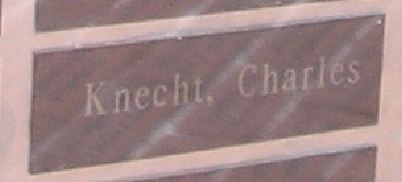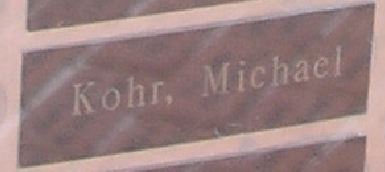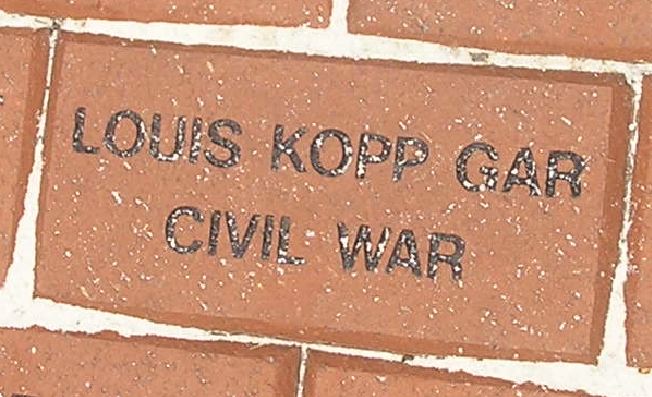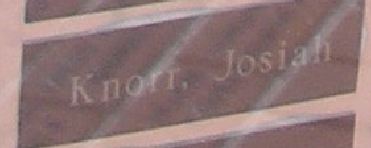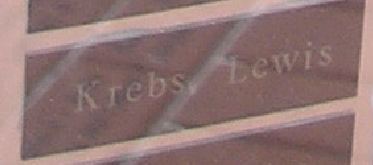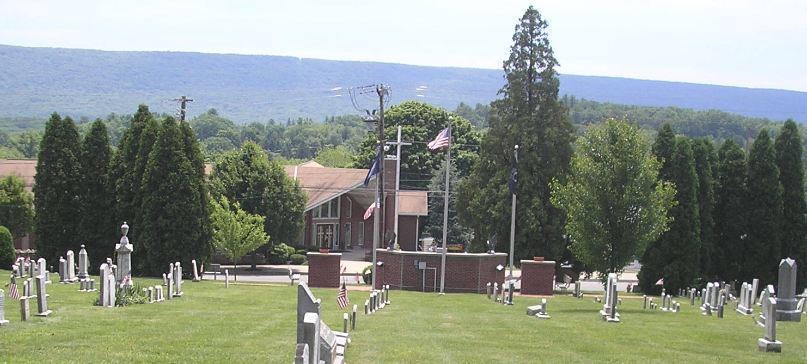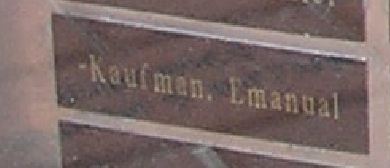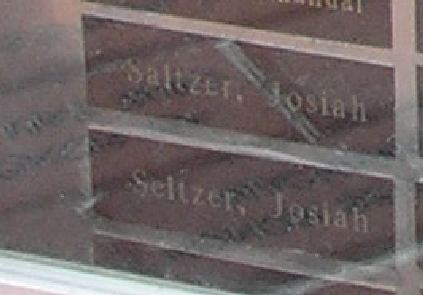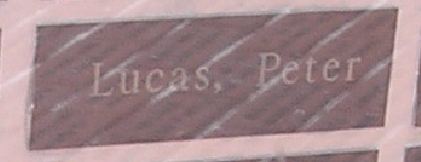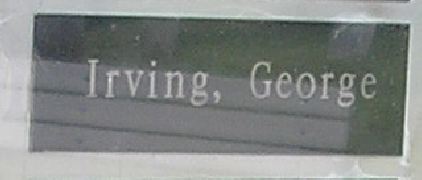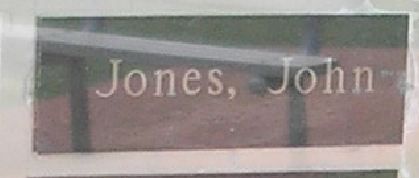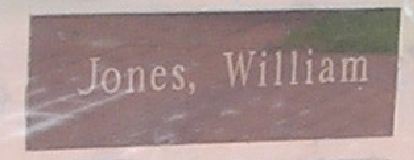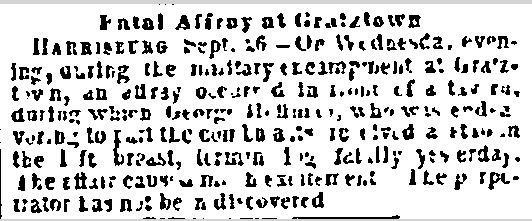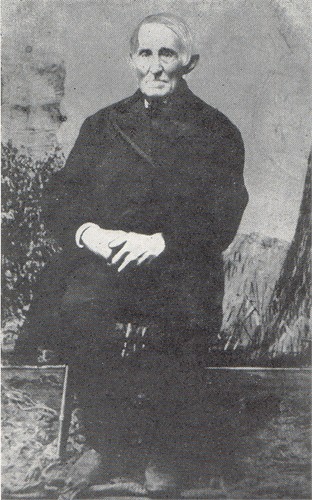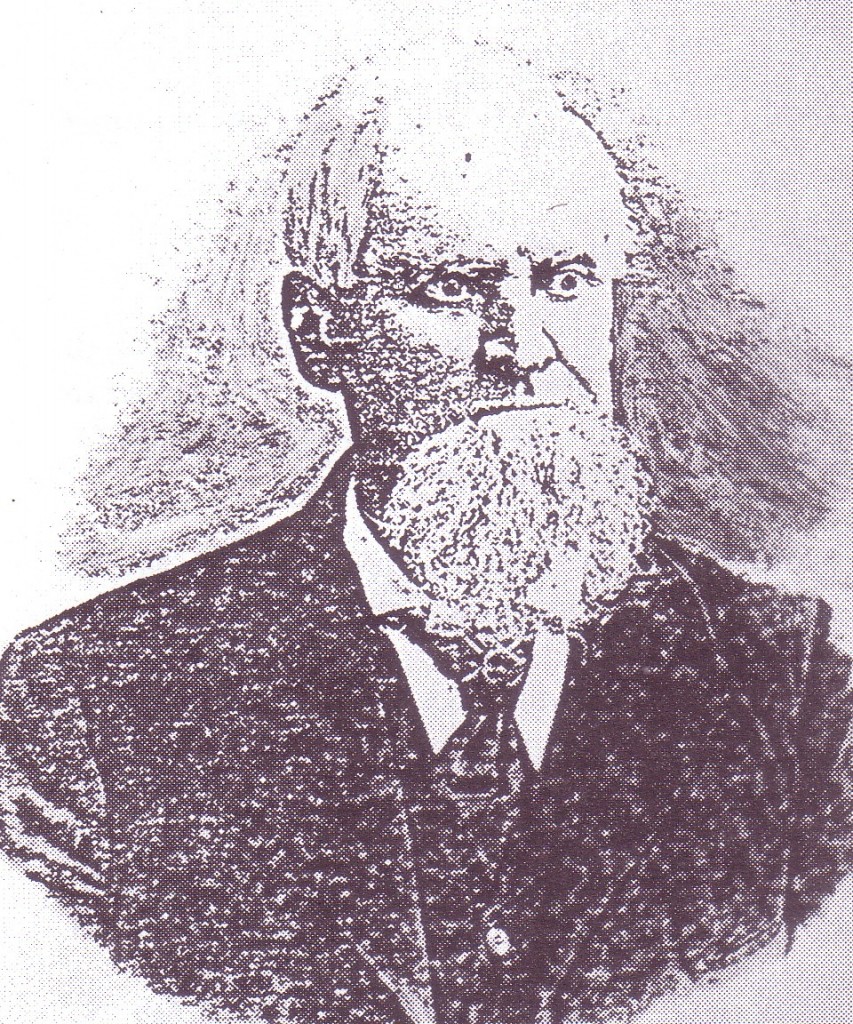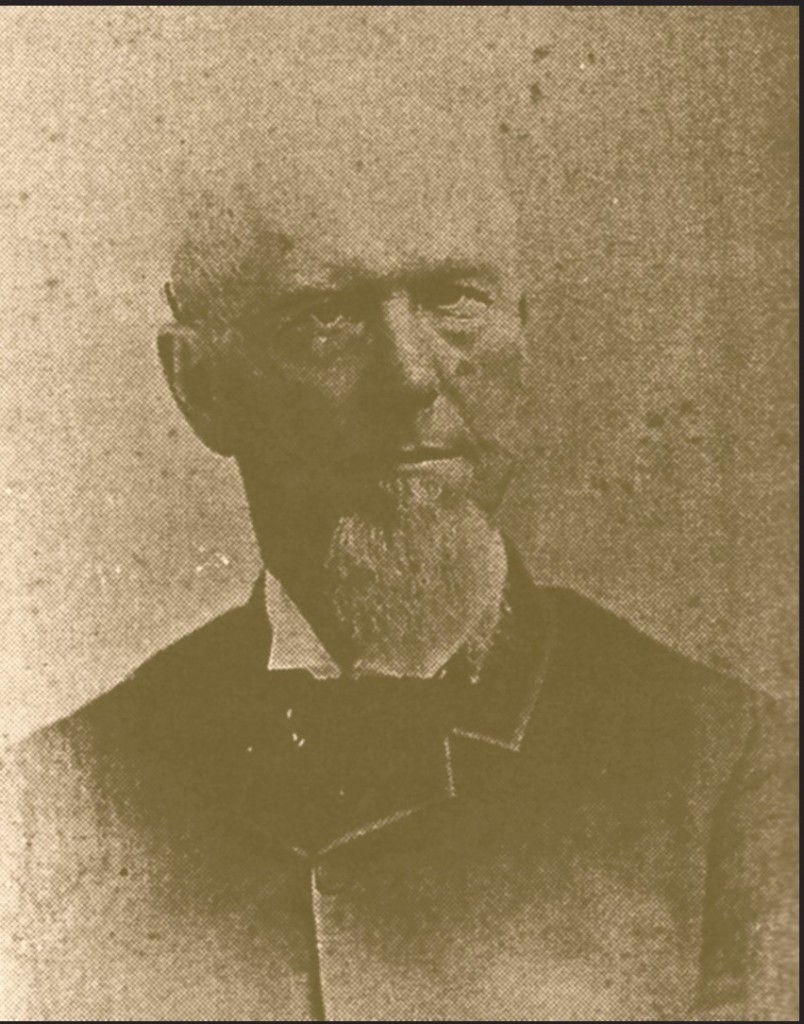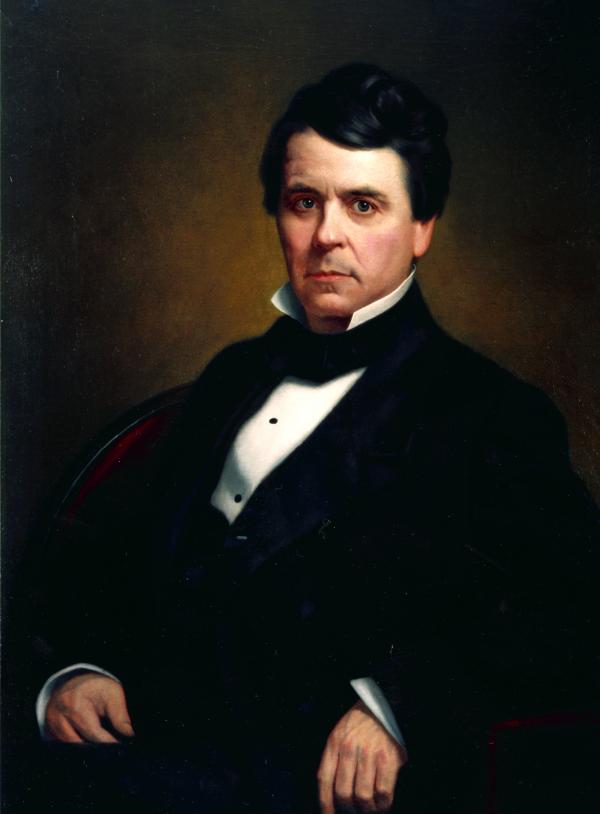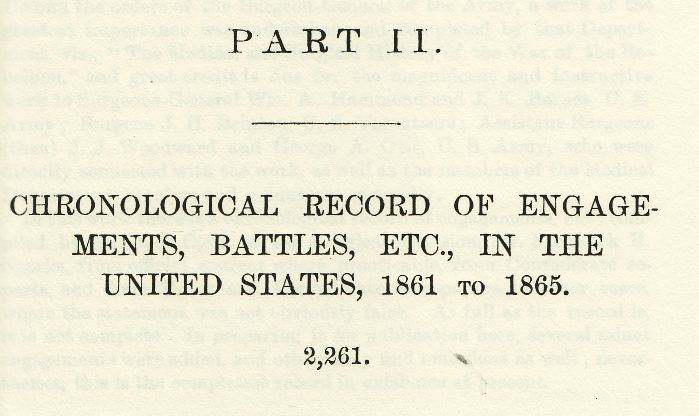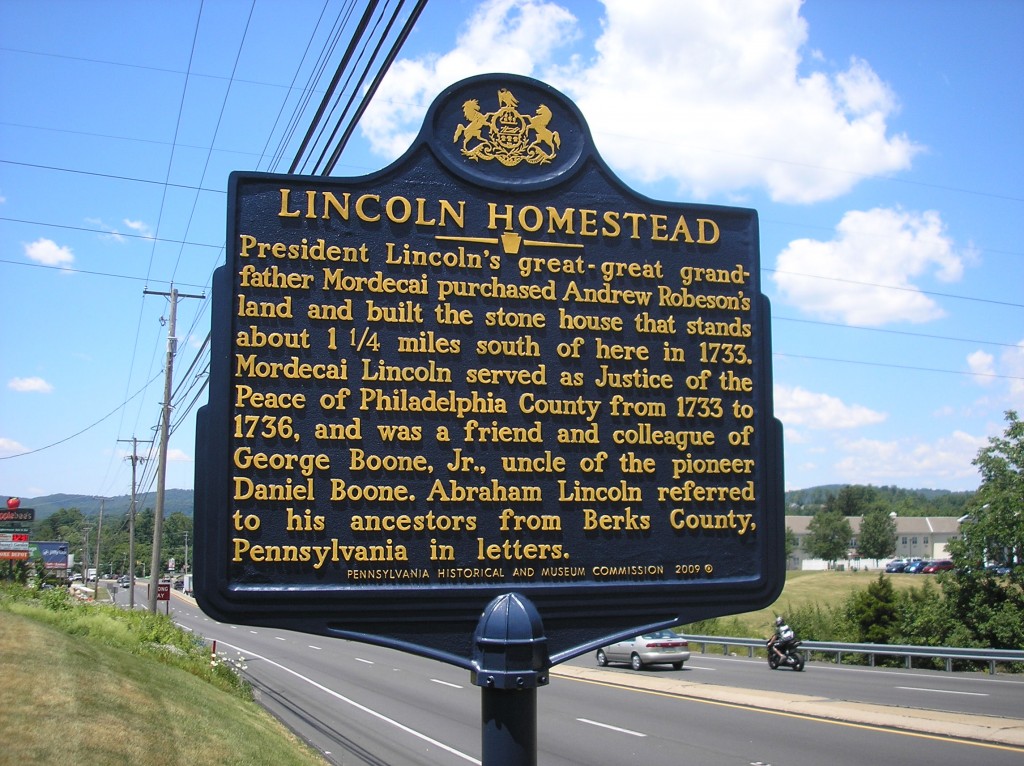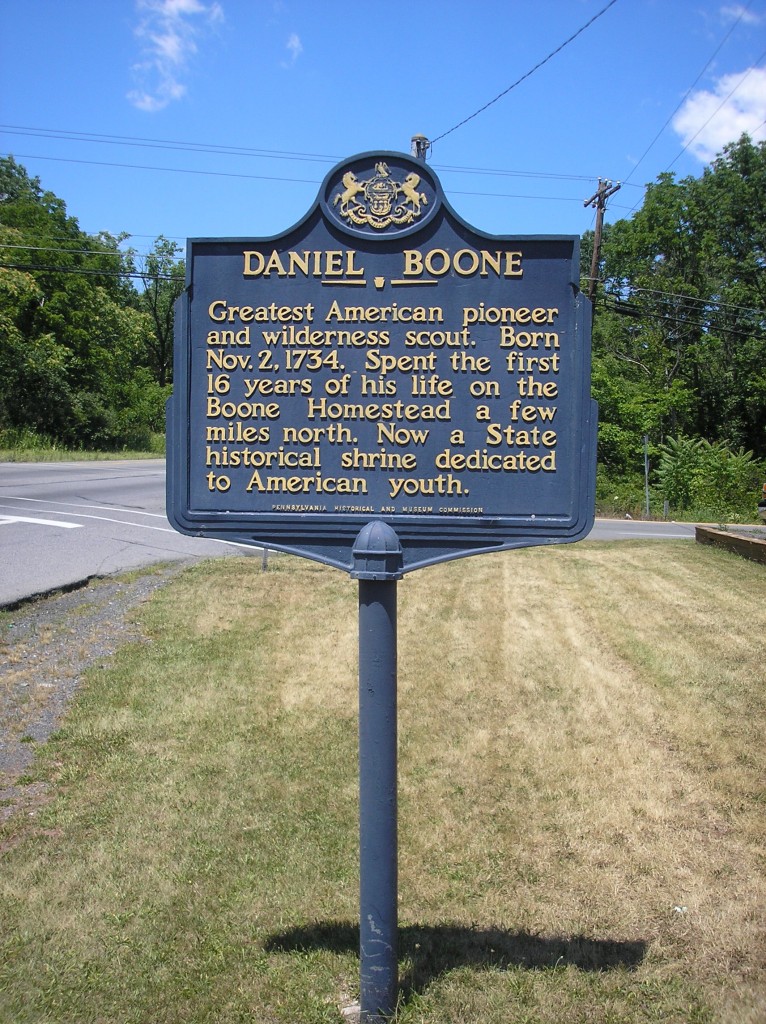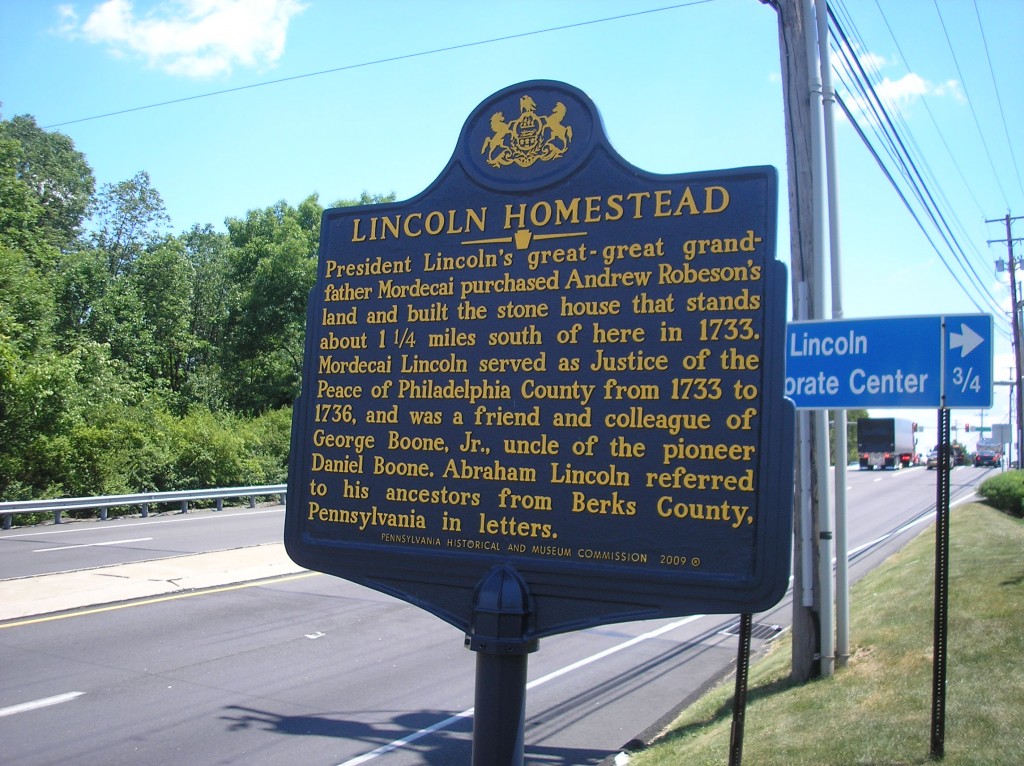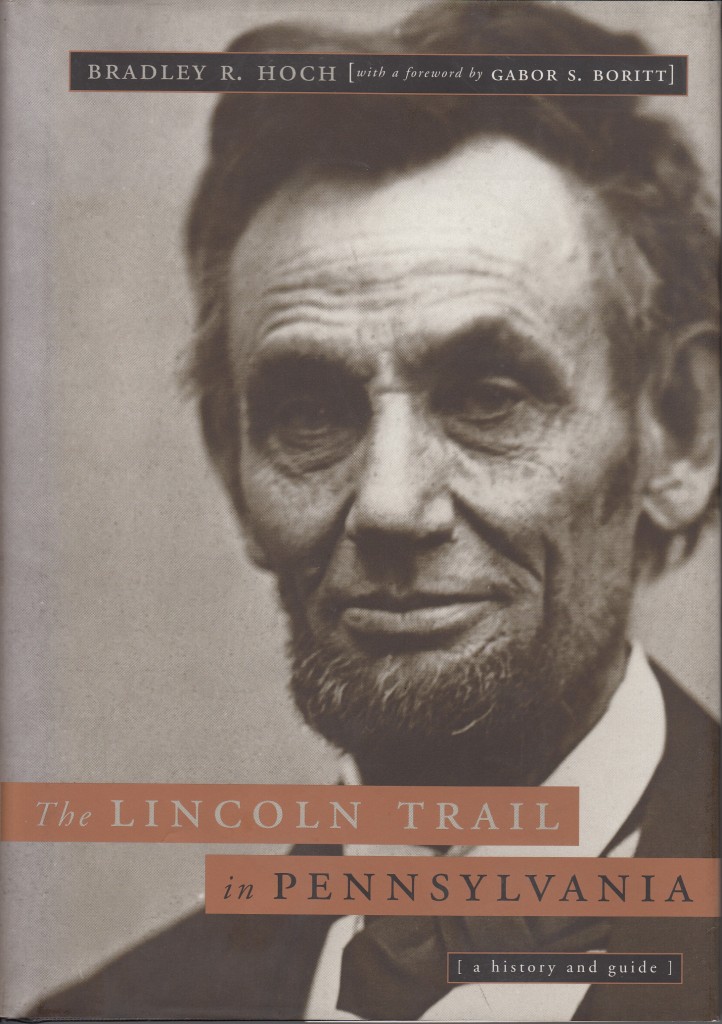Tower City, Porter and Rush Township Civil War Veterans – Part 6
Posted By Norman Gasbarro on July 23, 2012
The Tower City Borough, Porter Township and Rush Township Veterans Memorial is located at St. Paul’s Lutheran Church Cemetery which is located along Route 209 in Tower City, Schuylkill County, Pennsylvania. It was the subject of a prior post on this blog on 30 December 2010.
Within the glass cases on the monument are name plates for each of the eligible veterans who served in America’s Wars. The Civil War veterans are noted in the left case in the center section of the monument. To give due recognition to each of the Civil War veterans named on the monument, the name plates will be individually pictured followed by a brief description of the Civil War service of the veteran.
—————————-
PAUL KESSLER (1838-1924), who was married to Sarah Dietrich, served in the 173rd Pennsylvania Infantry, Company F, as a Private, from 15 October 1862 to 16 August 1863. He is buried in Orwin, Porter Township, Schuylkill County. In his lifetime, Paul lived in Reinerton, Williams Valley, Wiconisco, Tower City and Porter Township where he worked as a farmer and miner.
——————————
HARRY KEUBLER (? – ?) is another mystery as a veteran as he has not yet been connected to any specific war service. Anyone who can add information about Harry is urged to do so.
——————————
EDWARD KING (1841-?) died prior to 1890 and his widow, Carolina K. King, living in Tower City, noted to census takers that he was “shot in the side’ while serving in the 46th Pennsylvania Infantry, Company D, as a Private, but the dates she then gave don’t match dates for the Edward King who served in that regiment and company. If this is the same person, there is an interesting story to be re-discovered about this laborer who, during his service, was held prisoner for two weeks and near the end of his term of enlistment was promoted to Corporal.
——————————
WILLIAM KLINGER (1840-1914) is a subject of confusion. He is listed in the Tower City Centennial Book as a Civil War veteran and also on the memorial. In 1890, while living in Tower City, he reported his regiment as the 36th Pennsylvania Infantry, Company C, which was the “Home Guards”, called into service for about five weeks during the Emergency of 1863. By 1890, this William Klinger declared that his “chronic nerves disease” was a result of his Civil War service and as a result, he was “unable to work.” There is a William Klinger buried in the St. John (Hill) Church Cemetery, Berrysburg, and could be the same person, but because the surname was very common, records of two or more persons could be co-mingled. More research is needed to separate the records.
——————————
CHARLES KNECHT (1841-1915) is buried in the Sacred Heart of Jesus Cemetery, Williamstown. He was born in Germany and came to America at around age thirteen. Served in the 20th New York Infantry, Company A, as a Private, from 3 May 1861 to 1 June 1863. He married Pauline Eisenstock and lived in Pottsville and Tower City where he worked as a carpenter.
——————————
MICHAEL KOHR (1843-1905), who resided in Lebabon County at the start of the Civil War, was a farmer. He is also found in the records as “Michael Chore.” According to information given to the 1890 Census when he lived in Tower City, Michael was was “shot in the leg” while serving as a Private in the 54th Pennsylvania Infantry, Company F. His service records indicate that his muster in was in 1861 and muster out in 1865, with nearly a year of that time spent as a prisoner of war (POW) during 1864. He married Barbara Ann Kreiser. Michael Kohr is buried in Moonshine Cemetery, Moonshine, Lebanon County.
——————————
LEWIS W. KOPP (1846-1864), also known as “Ludwig Kopp” and “Louis Kopp,” died during the Civil War but that fact is not noted on his nameplate on the Tower City Memorial (a “*” before the name indicates a war death). He was German immigrant who joined the 48th Pennsylvania Infantry, Company H, as a Private on 2 March 1864 with his death occurring just seven months later, 1 October 1864. He is buried in Arlington National Cemetery, Arlington, Virginia.
Family members of Lewis Kopp also provided a memorial brick which is located on the terrace in front of the Tower City Memorial.
——————————
JOSHUA KNORR (1837-1913), also known as Josiah Knorr, and with the surname variation of Knarr, was a Private in the 172nd Pennsylvania Infantry, Company K, from 16 October 1862 through 1 August 1863. His wife’s name was Harriet. He is buried in the Greenwood Cemetery, Tower City.
——————————
LOUIS KREBS (1844-?) served in the 50th Pennsylvania Infantry, Companies A and I, from 7 March 1864 through 13 Jul 1865. He was a coal miner. His widow, Louisa Krebs, was living in Porter Township in 1890. As with other persons of the name “Louis,” he is also found as “Lewis” in the records.
——————————
To be continued Thursday….
Other posts in this series may be accessed by clicking here.
 ;
;

